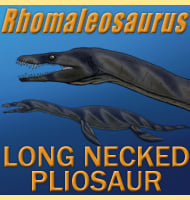In Depth
Palaeoniscum was a predatory fish from the late Permian. The genus displays the continuing trend towards faster swimming for a more active predatory lifestyle. Palaeoniscum still had however air sacs on the underside of its jaw which could be inflated at will. These would have acted like rudimentary swim bladders for controlling buoyancy and depth.
Further Reading
– On the remains of fish and plants from the upper limestone of the Permian series of Durham. – The Annals and Magazine of Natural History, Third Series 9:267-269. – J. W. Kirby – 1862.










